If for a reaction in which A(g) converts to B(g) the reaction carried out at const.
V & T results into the following grapg.
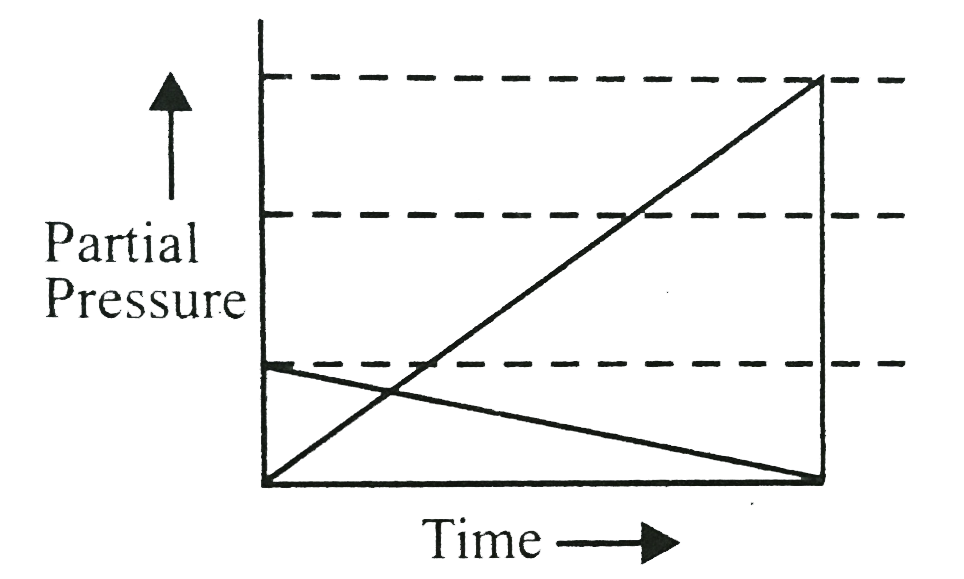
Then the reaction must be A(g)→3B(g) and is first order reaction
Then the reaction must be A(g)→3B(g) and is second order reaction
Then the reaction must be A(g)→3(g) and is a zero order reaction
Then the reaction must be A(g)↔3B(g) and is a first order reaction
The correct Answer is:C
Step by step video, text & image solution for If for a reaction in which A(g) converts to B(g) the reaction carried out at const. V & T results into the following grapg. by Chemistry experts to help you in doubts & scoring excellent marks in Class 12 exams.
Topper's Solved these Questions
- BOOK - GRB PUBLICATIONCHAPTER - GRAPHICAL INTERPRETATIONEXERCISE - I.Electrochemistry1videos
GRAPHICAL INTERPRETATION
- BOOK - GRB PUBLICATIONCHAPTER - GRAPHICAL INTERPRETATIONEXERCISE - Electrochemistry9videos
GRAPHICAL INTERPRETATION
- BOOK - GRB PUBLICATIONCHAPTER - GRAPHICAL INTERPRETATIONEXERCISE - H. Chemical Kinetics1videos
GRAPHICAL INTERPRETATION
- BOOK - GRB PUBLICATIONCHAPTER - F-BLOCK ELEMENTSEXERCISE - Subjective type7videos
F-BLOCK ELEMENTS
- BOOK - GRB PUBLICATIONCHAPTER - HYDROCARBON (ALIPHATIC)EXERCISE - Previous years jee questions28videos
HYDROCARBON (ALIPHATIC)
Similar Questions
Knowledge Check
- Question 1 - Select One
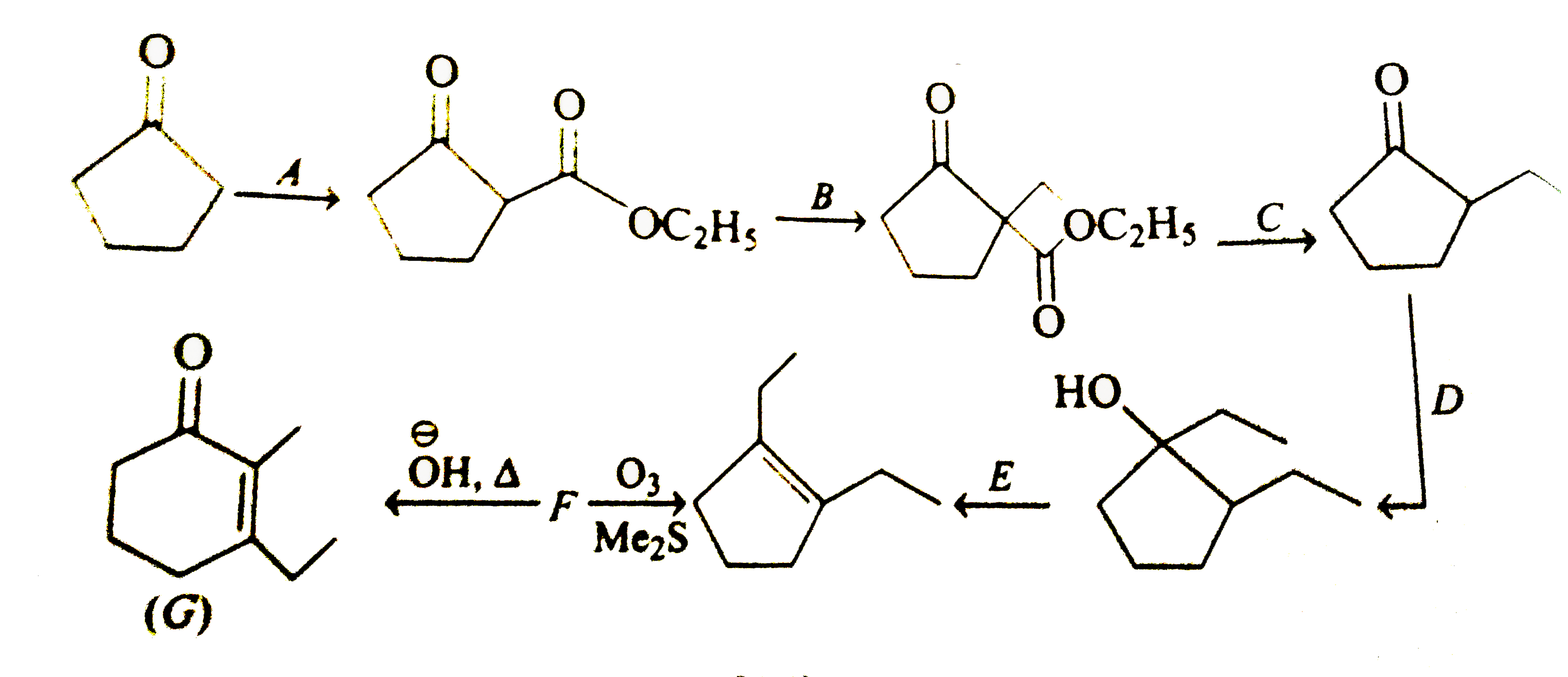
Name of the reaction which converts F into G:ACannizzaro reactionBClaisen condensationCAldol condensationDReformatsky reaction - Question 2 - Select One
The rate of reaction of A+B→C is found to be same when the reaction is carried out at 300∘ C or 200∘ C. Which of the following mechanism will become improbable?
AA+B⇔D (fast)
D→C (slow)BA+B⇔D (slow)
D→C (fast)CA+B⇔D (fast)
D⇔E (fast)
E→C (slow)DAhv⇐⇒A (fast)
A+B→C (slow) - Question 3 - Select One or More
For the reaction, A(g)→B(g)+C(g)
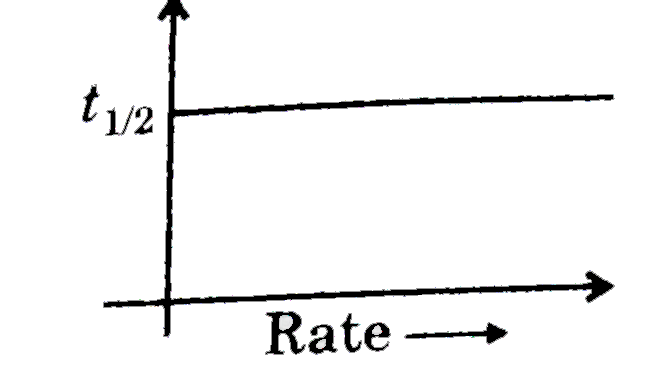
Select the correct graph.A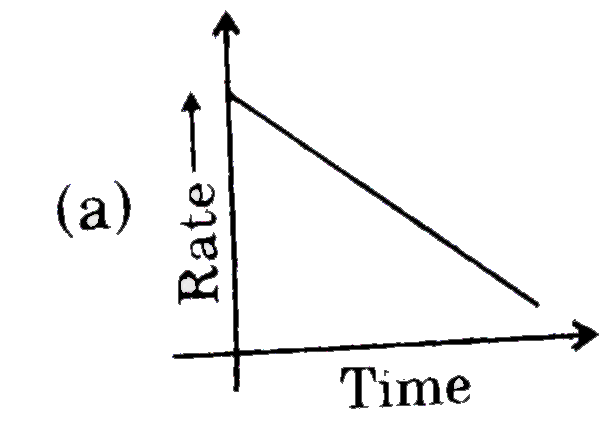 B
B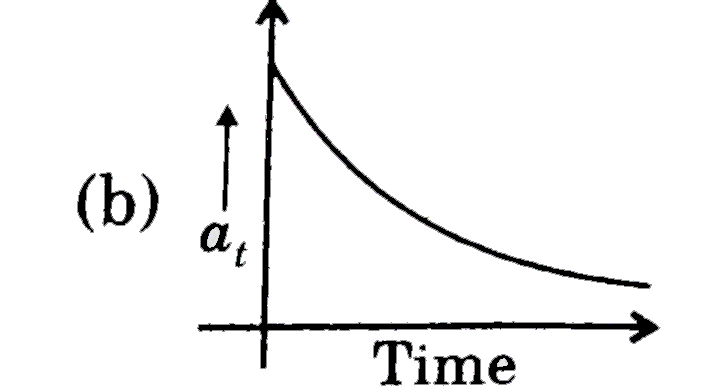 C
C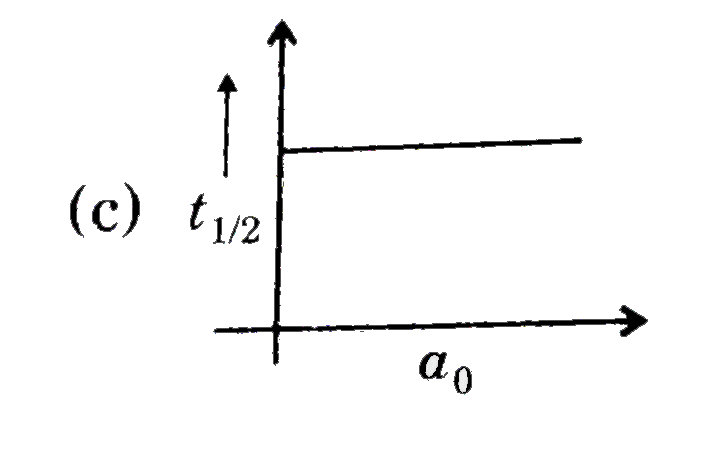 D
D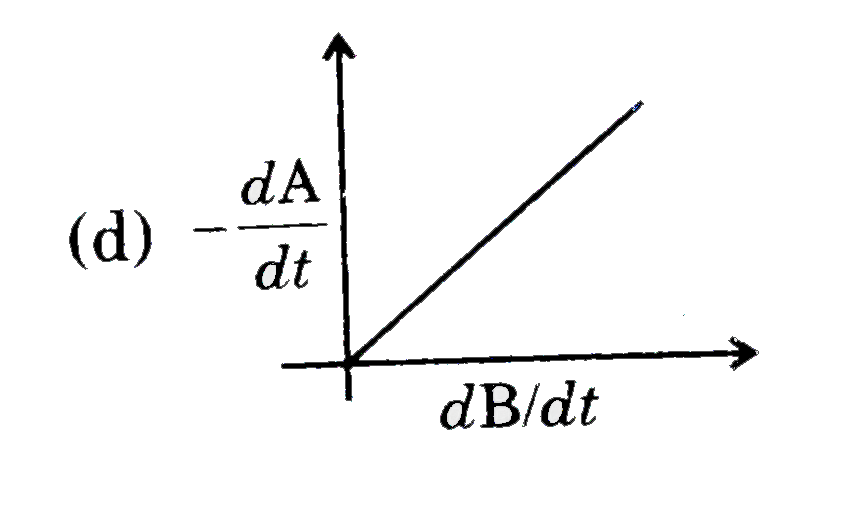
Which of the indicated relationship is correct for the following exothermic reaction carried out at constant pressure?
CO(g)+3H2(g)→CH4(g)+H2O(g)View SolutionIn a chemical reaction A(g) is converted to B(g) following observation is made. Identify the correct statement (s).
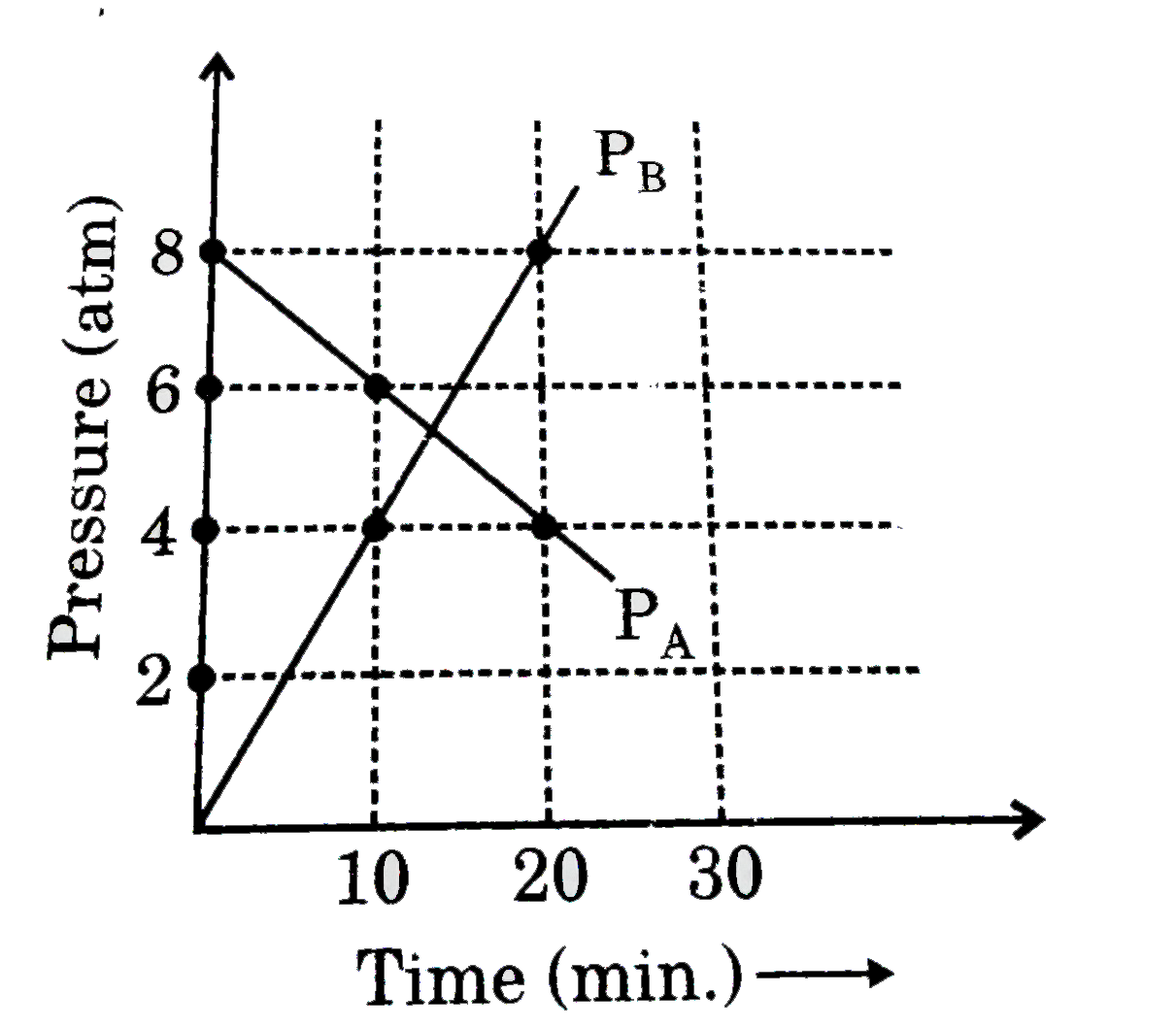 View Solution
View SolutionThe following conversion reaction can be carried out by using reaction sequences :
 View Solution
View SolutionThe following conversion reaction can be carried out by using reaction sequence/s.
 View Solution
View SolutionIn the reaction A (g) + B (g)⇔ C (g), the backward reaction is favoured by (A) Increase in pressure
View Solution


